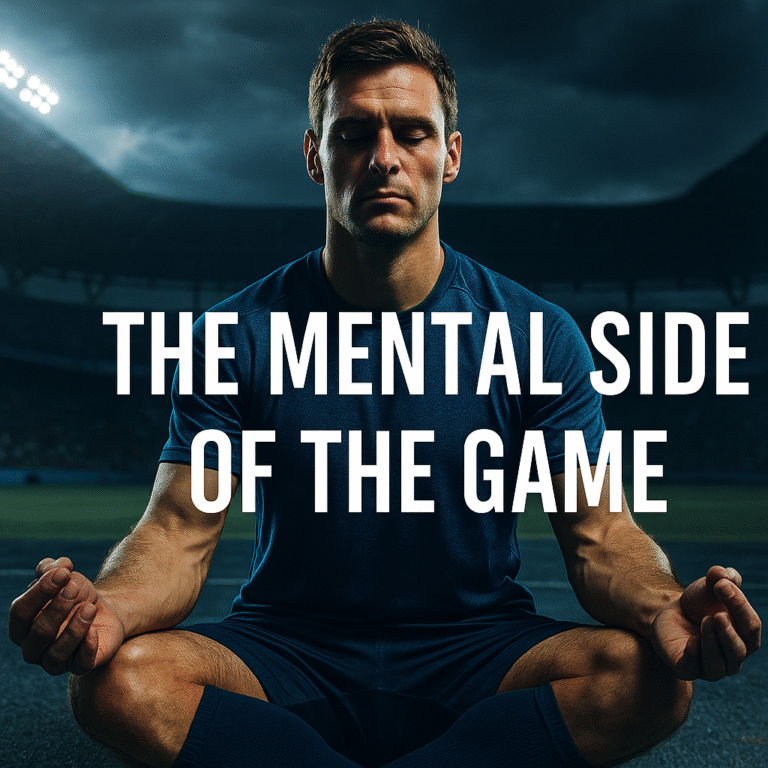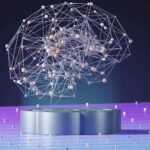
🤖 Introduction: The AI Boom—and the Reality Check
In recent years, artificial intelligence (AI) has taken center stage. From chatbots and virtual assistants to autonomous cars and advanced data analytics, AI seems to be everywhere. Many headlines suggest we’re entering a future where machines outperform humans in every way.
But here’s the truth: AI can’t do it all—at least, not yet.
Despite its rapid advancement, AI still has significant limitations. Human intuition, creativity, empathy, and ethical reasoning remain irreplaceable. In this blog post, we explore why AI, while transformative, is still far from being a complete substitute for human intelligence.
🧠 1. AI Lacks True Understanding
AI models are incredibly good at pattern recognition, but they do not understand context or meaning the way humans do.
For example:
- A chatbot can generate fluent responses, but may not grasp sarcasm or cultural nuances.
- Image recognition can identify objects, but doesn’t know what those objects mean in human life.
AI mimics understanding, but doesn’t truly comprehend.
🎨 2. AI Can’t Replace Human Creativity
Creativity isn’t about repeating what’s been seen before—it’s about combining ideas in novel, meaningful ways.
While AI can generate art, music, and text, it often:
- Recycles existing data.
- Lacks originality beyond its training set.
- Doesn’t create with purpose or emotion.
AI can enhance creativity, but the spark of invention still belongs to humans.
⚖️ 3. Ethical Judgment Requires Humanity
AI doesn’t have values, empathy, or moral awareness.
It may recommend solutions that are technically efficient but ethically flawed. Examples include:
- Biased algorithms in hiring or law enforcement.
- Surveillance systems that raise privacy concerns.
- Deepfakes that spread misinformation.
Humans are needed to ensure AI aligns with ethical frameworks and social responsibility.
🔧 4. AI Still Relies on Human Input
Even the most advanced AI systems depend on:
- Human-labeled training data
- Feedback loops to improve performance
- Decision-makers to deploy and monitor use
AI is a tool—not an autonomous entity. It amplifies human abilities, but it can’t function meaningfully without human direction.
📉 5. Productivity Isn’t Automatic
Many businesses hope AI will boost productivity. But integrating AI often reveals challenges:
- Technical debt: Legacy systems may not support AI tools.
- Workforce adaptation: Employees need training to use AI effectively.
- Overhyped expectations: Not all AI deployments deliver immediate ROI.
The Financial Times recently noted that “AI alone cannot solve the productivity puzzle.” Success requires human insight, infrastructure, and long-term planning.
💬 6. AI Struggles with Emotional Intelligence
AI may recognize emotional cues, but it can’t empathize or connect on a human level.
- A therapist bot can mimic concern, but not feel it.
- A hiring algorithm may screen candidates, but can’t assess cultural fit.
Jobs that depend on interpersonal connection, like counseling, teaching, caregiving, and leadership, still require a human heart and mind.
📊 7. AI Can Be Wrong—and Convincing
One of the dangers of modern AI is its confidence in incorrect answers.
- Chatbots may “hallucinate” facts.
- Language models may give plausible-sounding but false information.
- Data models may misinterpret input and amplify errors.
Without human oversight, these systems can mislead users or make costly mistakes.
👷 8. AI Doesn’t Replace Human Purpose
People often fear that AI will take over jobs. While it’s true that automation changes industries, history shows us:
- New jobs are created alongside new technologies.
- The most valuable skills are often those AI can’t replicate: leadership, problem-solving, vision.
AI may take over repetitive tasks, but purpose, passion, and meaning remain human domains.
🚀 What AI Can Do Very Well
Let’s be clear—AI is powerful. It excels at:
- Processing massive datasets in seconds.
- Recognizing patterns faster than humans.
- Automating routine workflows.
- Supporting decision-making in fields like healthcare, finance, and logistics.
AI is not the enemy—it’s a partner. But a partner with clear boundaries.
🧭 Conclusion: The Future Is Human + Machine
The myth that AI will make humans obsolete is just that—a myth.
The real future lies in human-machine collaboration. When we combine the precision of AI with the creativity, empathy, and judgment of humans, we unlock new possibilities.
AI can’t do it all—yet. And maybe it never should.
The question isn’t whether AI will replace us. The question is: How will we shape the future together?








